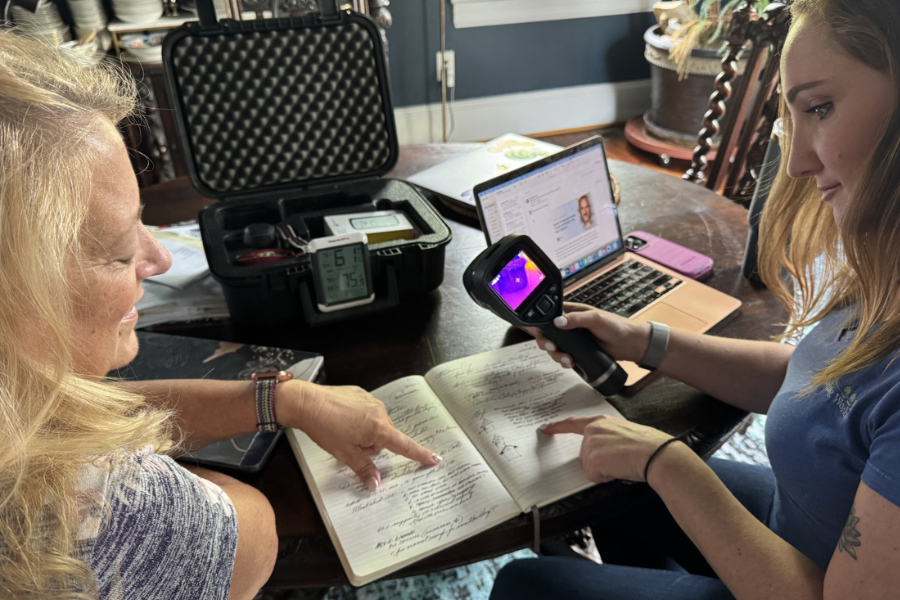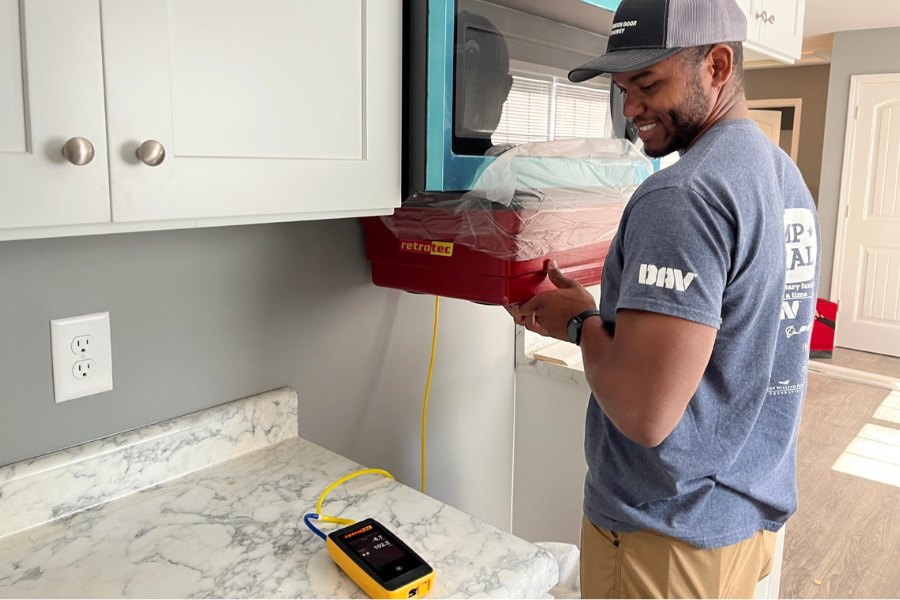Sep 22, 2025
Case Study: Best Practices in On-the-Job Training Processes for Energy Efficiency Businesses
This case study examines how structured on-the-job training contributes to the growth of businesses and the workforce as a whole.
By: Brook Vernon
Technical expertise and adaptability are essential to the energy efficiency industry, and effective on-the-job training (OJT) processes play a critical role in building and sustaining a skilled workforce. For employers, well-designed OJT programs accelerate employee learning, maximize performance, and improve retention by fostering engagement, confidence, and a sense of purpose. Training processes also help businesses grow by aligning employee development with operational needs and ensuring that teams are equipped to meet the evolving industry’s demands.
This case study was developed by the Building Performance Association (BPA) and examines how structured OJT training contributes to growth of businesses and the workforce as a whole. BPA engaged with businesses across several states, including Maryland, Pennsylvania, Arizona, North Carolina, Virginia, Massachusetts, Alabama, Colorado, and Florida, to understand the challenges and strategic solutions of OJT within the residential energy efficiency sector.
The case study features three women-owned energy efficiency companies: Greenhome South in Georgia, Better Building Works in southwest Virginia, and Attic Queen in Florida. Each of these companies have developed robust and adaptive OJT processes to support workforce development, enhance service quality, and drive long-term business success in the building science and energy retrofit sectors. While they differ in size, services, and geographic reach, all three businesses share a strong commitment to hands-on learning, mentorship, and performance-based advancement.

Greenhome South
Founded in 2019, Greenhome South has grown from three to nine team members, including six certified energy assessors. This company specializes in comprehensive home energy assessments, insulation, air sealing, duct sealing, mini split installations, heat pump water heaters, crawl space encapsulation, and energy-efficient lighting and window upgrades. Greenhome South is certified by the Building Performance Institute (BPI) and Georgia Power. Greenhome South’s goal is to implement effective measures that typically pay for themselves within five years.
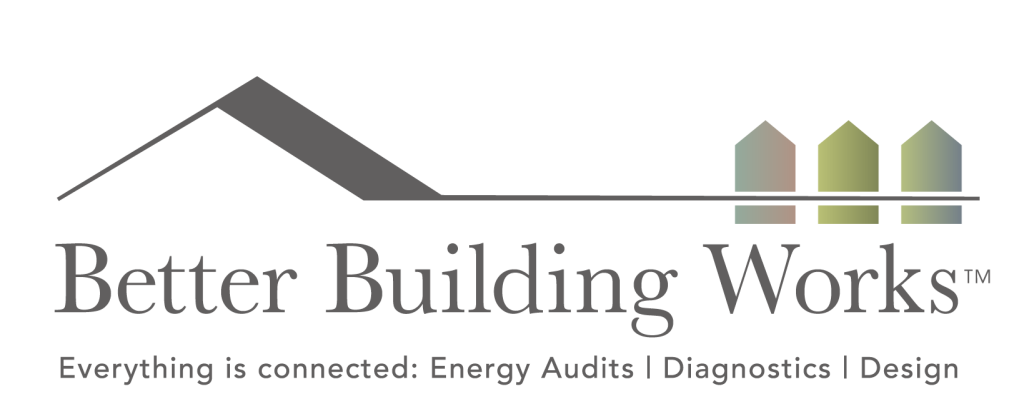
Better Building Works
Better Building Works was founded in 2011 and primarily serves the central and southwest Virginia area with the ability to provide services beyond their regional footprint. Operating as a building science consultancy, Better Building Works offers energy audits, diagnostics, third-party verification, and forensic investigations. With a small team of four (three local employees and one remote), the company emphasizes deep technical expertise and investigative problem-solving. Better Building Works’ guiding principle is “everything is connected,” reflecting a holistic approach to building science. The team is certified by US Green Building Council in Leadership in Energy and Environmental Design (LEED), BPI, and the Residential Energy Services Network (RESNET).
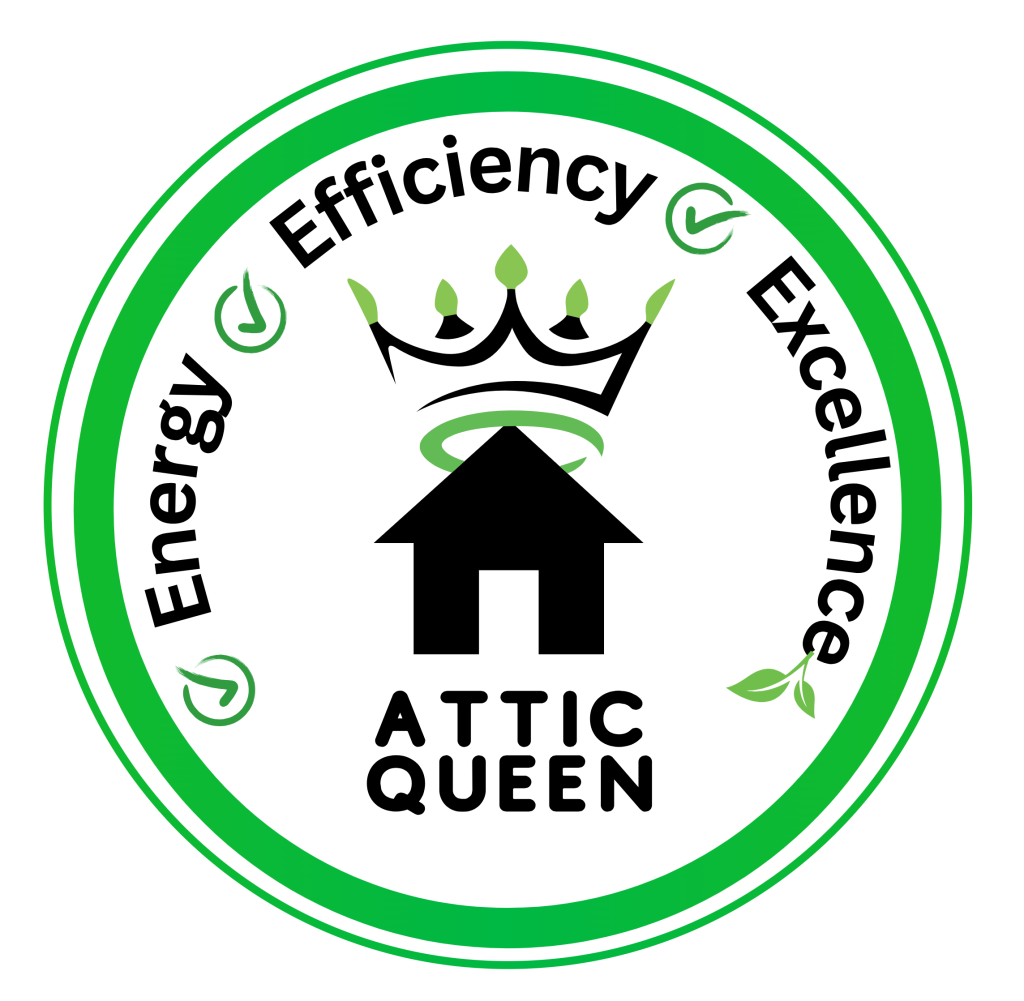
Attic Queen
Established in 2021 and based in Oldsmar, Florida, Attic Queen is an insulation company focused on residential home performance. With a team of eight, the company provides services such as insulation removal, attic sanitization, air sealing, blown-in fiberglass, and spray foam insulation. Attic Queen primarily serves Hillsborough, Pinellas, and Pasco Counties, with the capacity to travel for larger projects. Attic Queen prides its business model on a customer-focused approach, combining technical expertise with personable service. Attic Queen is certified by BPI in mold remediation, and is an approved contractor for Duke Energy rebates.
Training Structures and Strategies
Greenhome South: Field-Based Mentorship Model
- Progressive Shadowing: New hires begin by shadowing experienced crew members, then reverse roles, and eventually transition to independent work with ongoing support.
- Written Standard Operating Procedures (SOPs): Clear documentation supports consistency and reinforces standards.
- Support Channels: FaceTime, phone, and text are used to maintain real-time guidance.
- Retention Strategy: Training is intentionally light in the first 90 days to assess fit before deeper investment.
- Success Metrics: Employees are considered trained when they can complete jobs mostly unassisted. Retention and performance improvements are tracked over time.
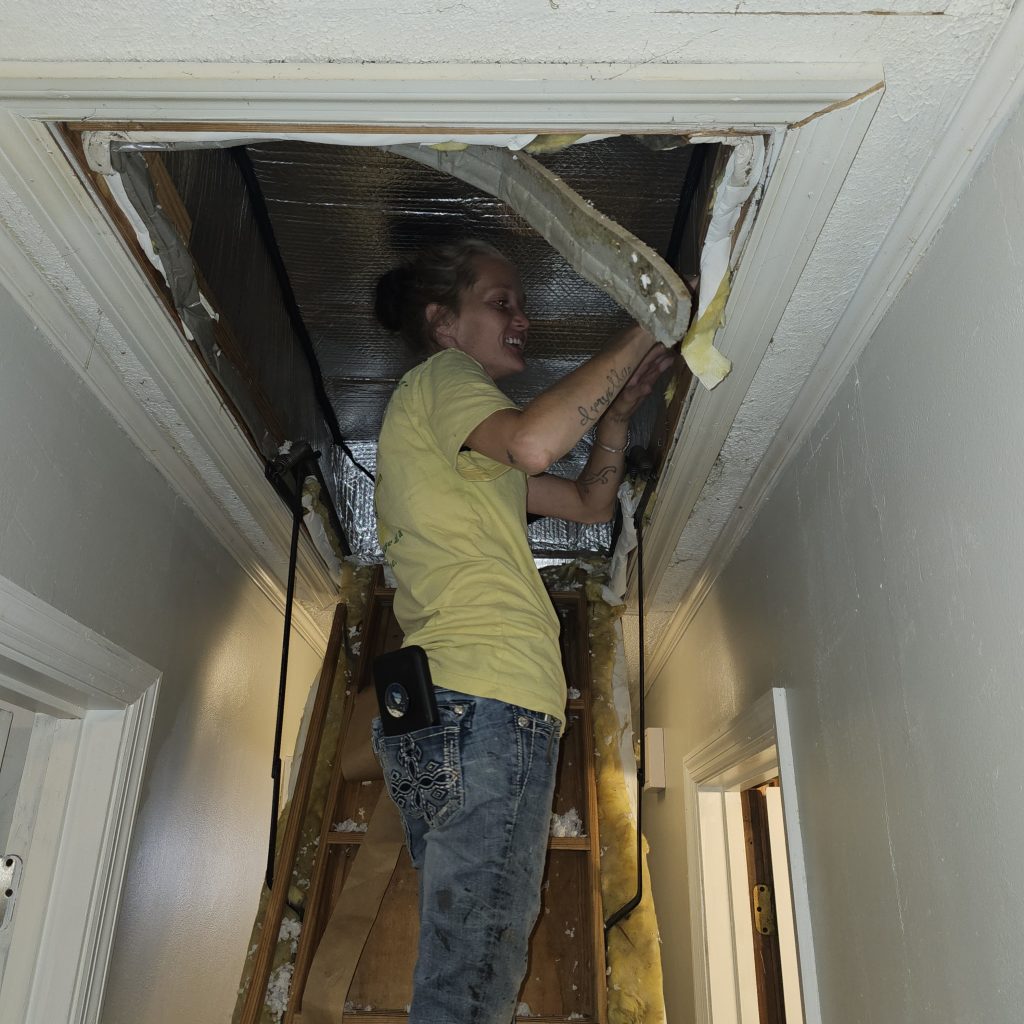
Better Building Works: Structured Milestone-Based Training
- Day-by-Day Framework:
- Days 1–10: Onboarding, building science introduction, equipment training, and shadowing.
- Days 11–30: Supervised fieldwork and performance evaluation. Day 30 marks a strict trial period decision point.
- Days 60–80: Certification training (BPI or RESNET/HERS) and transition to independent work.
- Mentorship Culture: Peer-to-peer learning and daily discussions are central, with 80% of training delivered through mentorship.
- Performance-Based Advancement: Raises are tied to key performance indicators (KPIs) such as task completion time, professionalism, and billable hours.
- Continuous Learning: Weekly “building science shots” share insights and lessons learned, reinforcing a culture of curiosity and problem-solving.
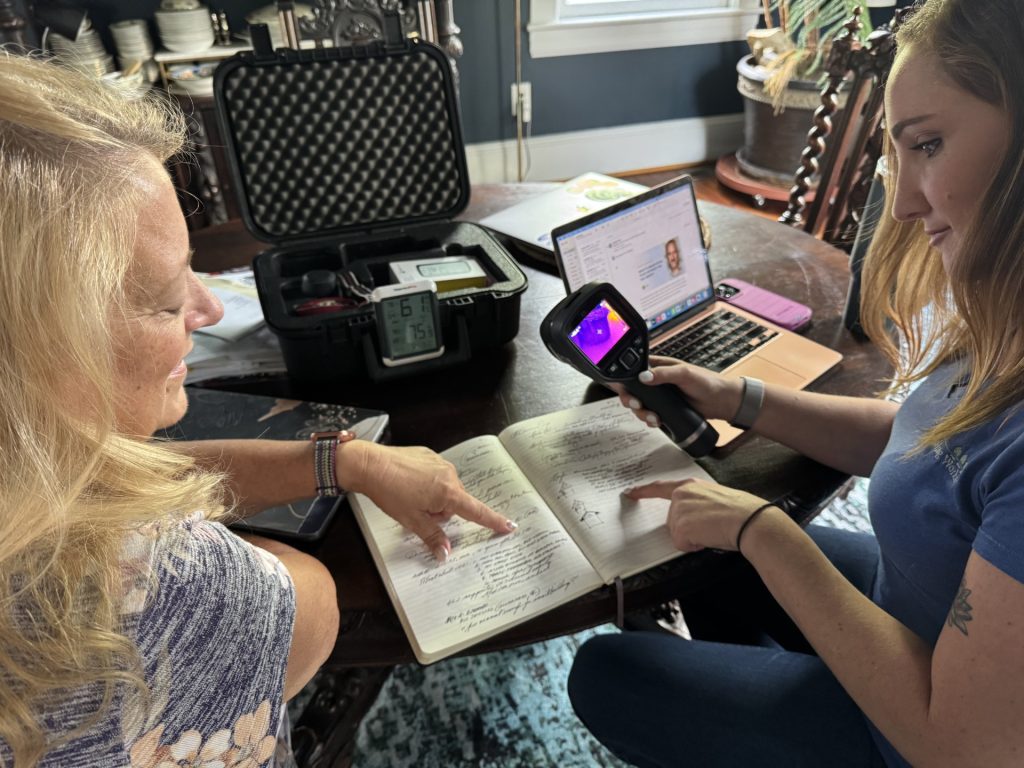
Attic Queen: Hands-On Mentorship and Process-Driven Training
- Shadowing and Field Training: Employees begin with shadowing and progress to active fieldwork under supervision.
- Leadership-Led Mentorship: The owner and managers provide direct, on-site guidance and feedback.
- Training Portal Implementation: A new digital portal is being launched to track training components and ensure consistency.
- Performance Evaluation: Employees are assessed through task execution, verbal explanation, and documentation.
- Advancement Opportunities: Skill demonstration leads to increased responsibilities and career growth.
- Systematized Processes: Standardized procedures and corrective oversight help address time management and quality control challenges.

Challenges and Solutions
Time and Resource Constraints
All three companies cite limited time and budget as barriers to expanding training. Better Building Works addresses this by being selective in hiring and decisive during trial periods, while Attic Queen is implementing a digital portal to streamline training.
Maintaining Standards
Greenhome South emphasizes communication and support to uphold quality; Better Building Works uses structured milestones and performance reviews; Attic Queen relies on leadership-led mentorship and standardized processes.
Employee Fit
Each company prioritizes cultural and skill alignment over technical knowledge alone, recognizing that building science and retrofit work demand a diverse and adaptable skill set.
Key Takeaways and Recommendations
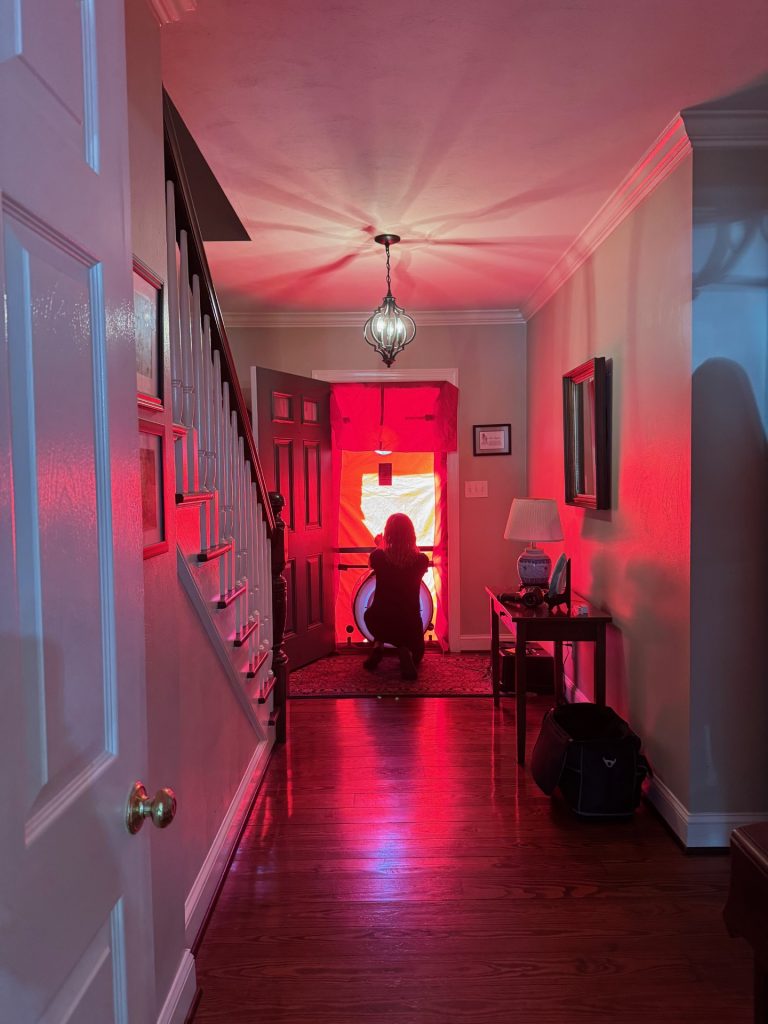
- Start with Mentorship: Early shadowing and peer support build confidence and competence. New hires benefit from observing experienced colleagues, which helps them internalize best practices and workplace culture.
- Use Trial Periods Wisely: A clear decision point, such as a 30-day evaluation, can help avoid misaligned hires and wasted resources. Clear criteria and feedback during this period helps both employers and employees make informed decisions.
- Tie Compensation to Performance: Linking raises to KPIs motivates employees and reinforces accountability by encouraging them to take ownership of their growth.
- Communicate Expectations Clearly: Written SOPs, daily check-ins, and open communication channels ensure alignment. Clear expectations reduce confusion, improve consistency, and empower employees to meet and exceed standards. This also fosters a feedback-rich environment.
- Invest in Curiosity and Soft Skills: Employees with strong communication and problem-solving abilities often outperform those with technical knowledge alone. These soft skills lead to better team dynamics and customer interactions and can compensate for gaps in technical expertise.
- Be Flexible but Structured: Adapt training to workload reality while maintaining a clear progression path. Flexibility allows for responsiveness to business needs, while structure ensures that employees continue to advance in their roles. Use modular training plans and milestone tracking to balance both.
Conclusion
Greenhome South, Better Building Works, and Attic Queen demonstrate that effective on-the-job training in the energy efficiency sector requires a balance of structure, mentorship, and adaptability. By investing in their teams and aligning training with real-world demands, these companies have built resilient workforces capable of delivering high-quality service and growth within the industry. Their approaches also reflect a broader commitment to inclusive leadership and innovation, showing how women-owned businesses are shaping the future of energy efficiency through thoughtful workforce development and community impact.
This is the third in a series of case studies on best practices for residential energy efficiency businesses. Read the first one here: Case Study: Best Practices for Residential Energy Efficiency Businesses in Project Identification. Read the second one here: Case Study: Best Onboarding Practices for Residential Energy Efficiency Businesses.



